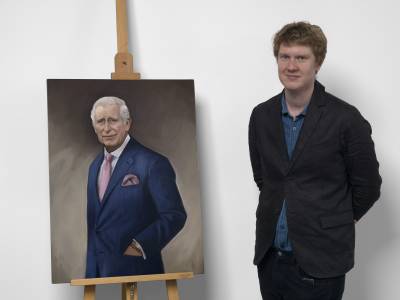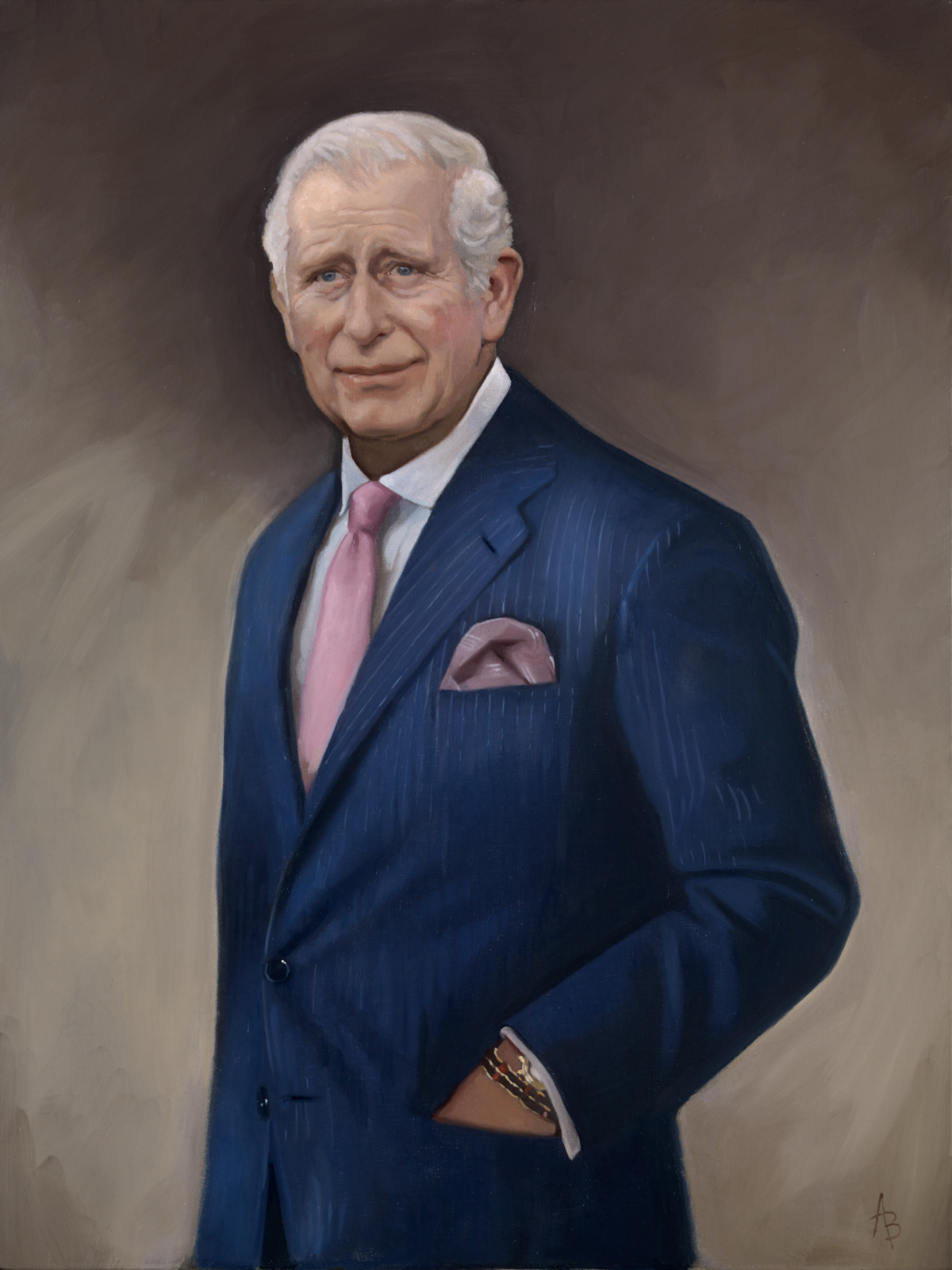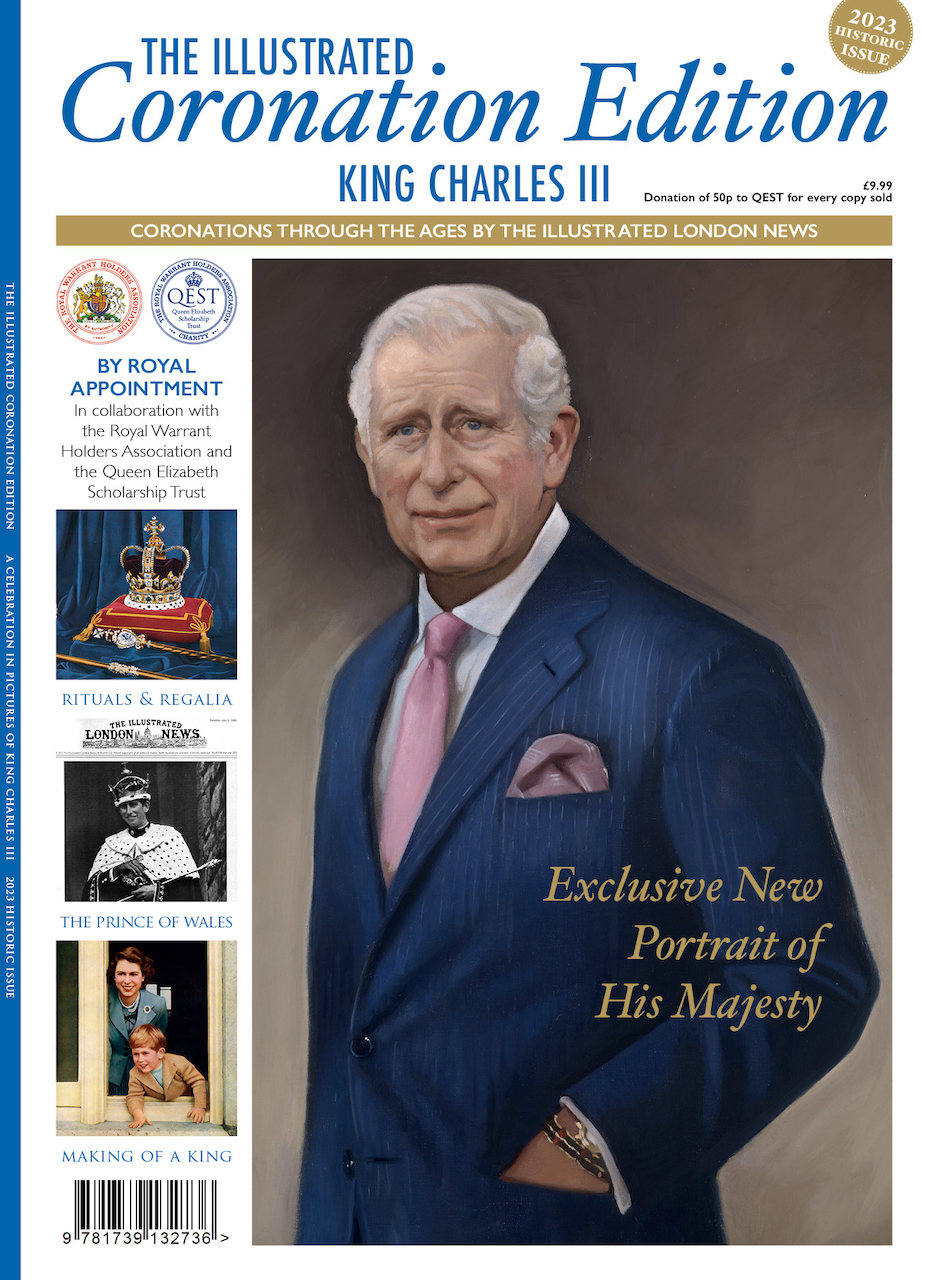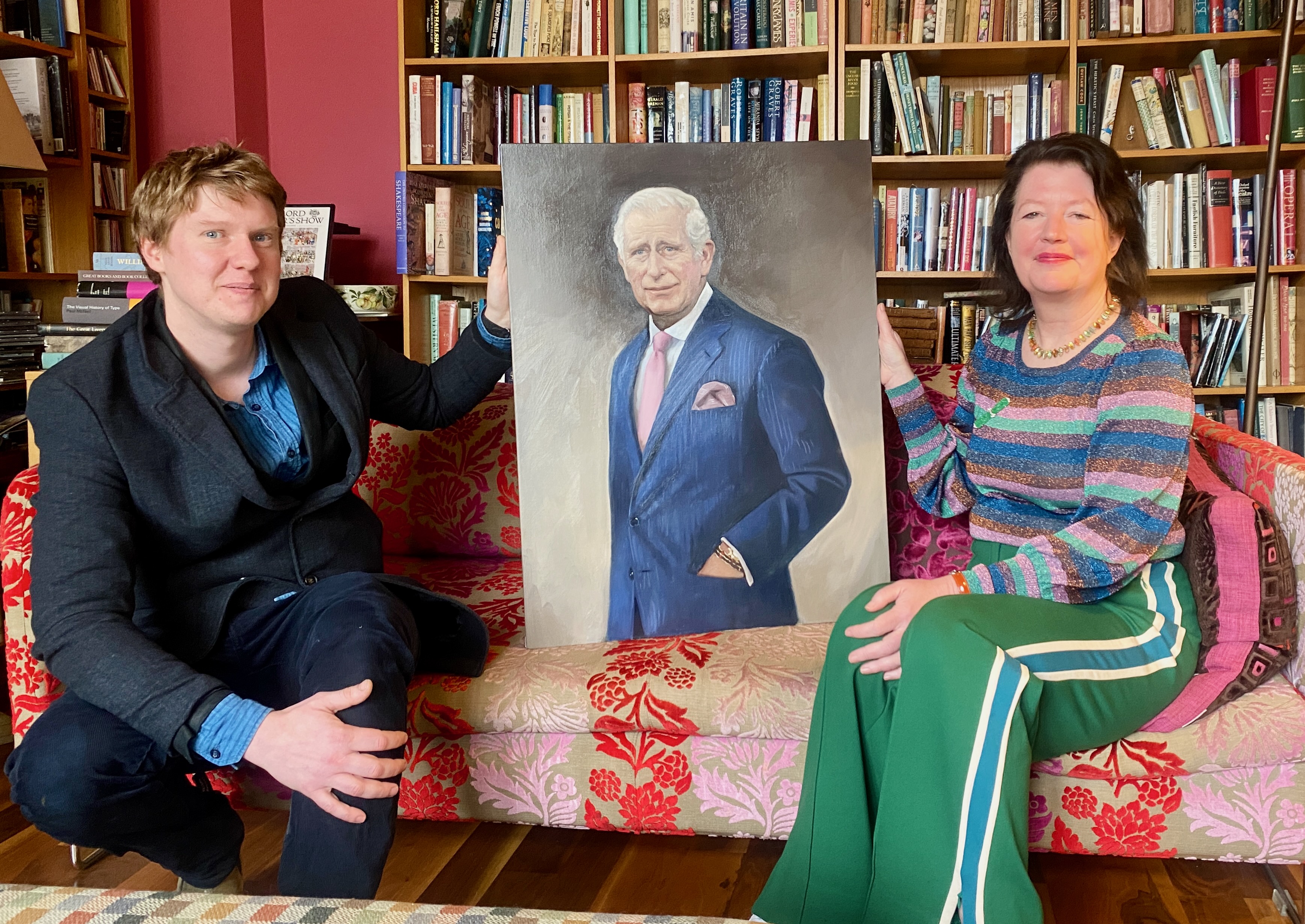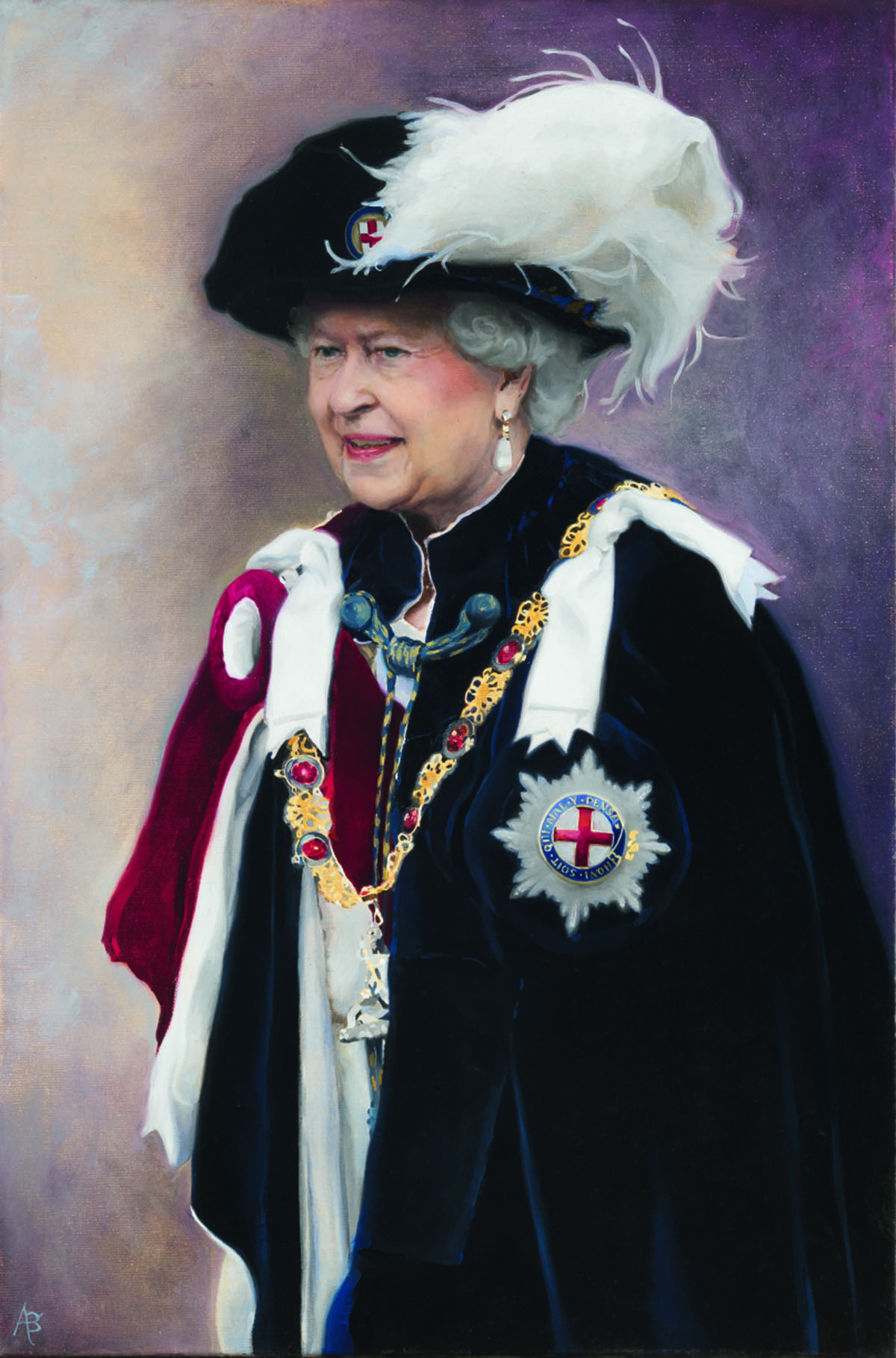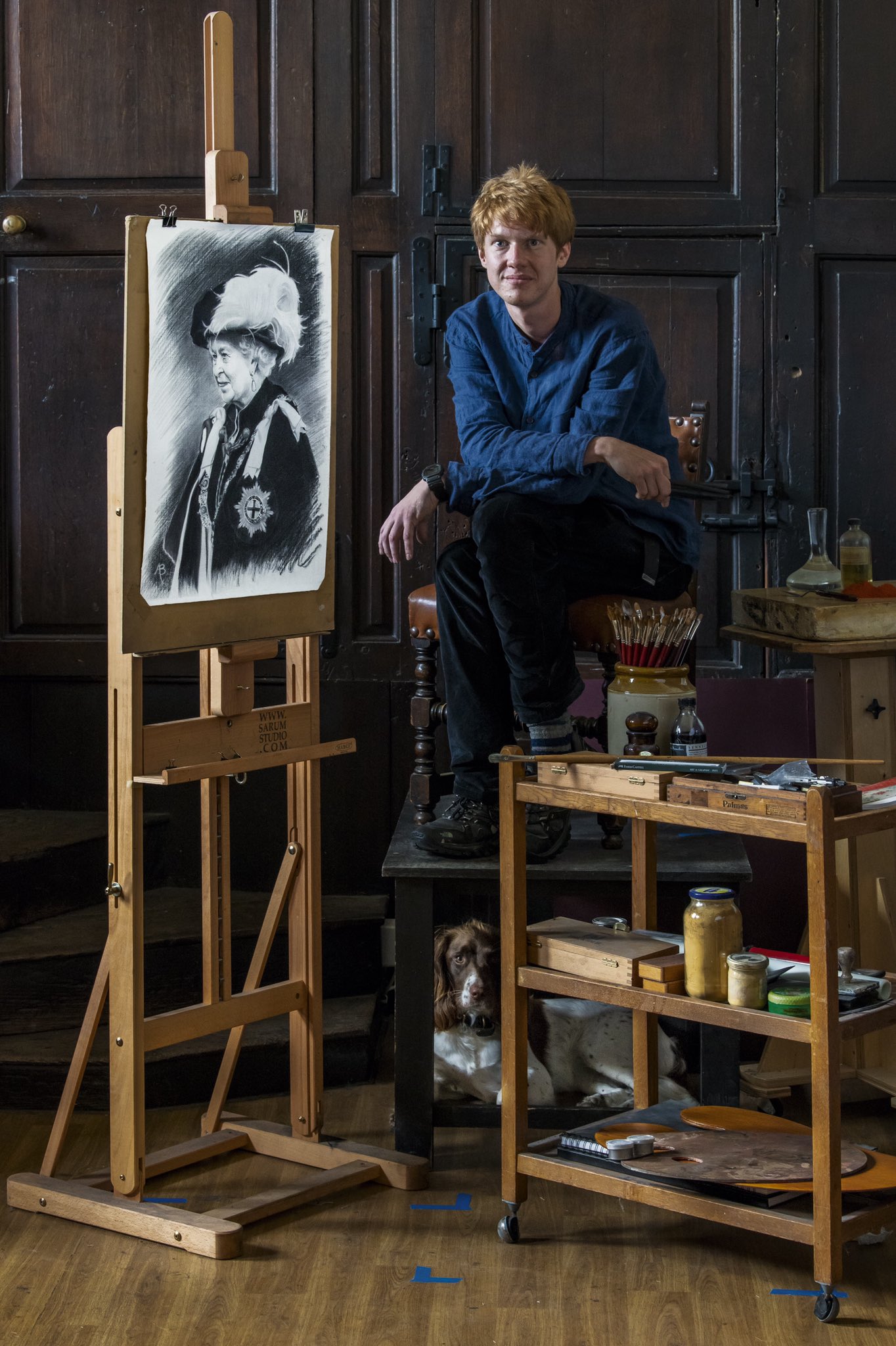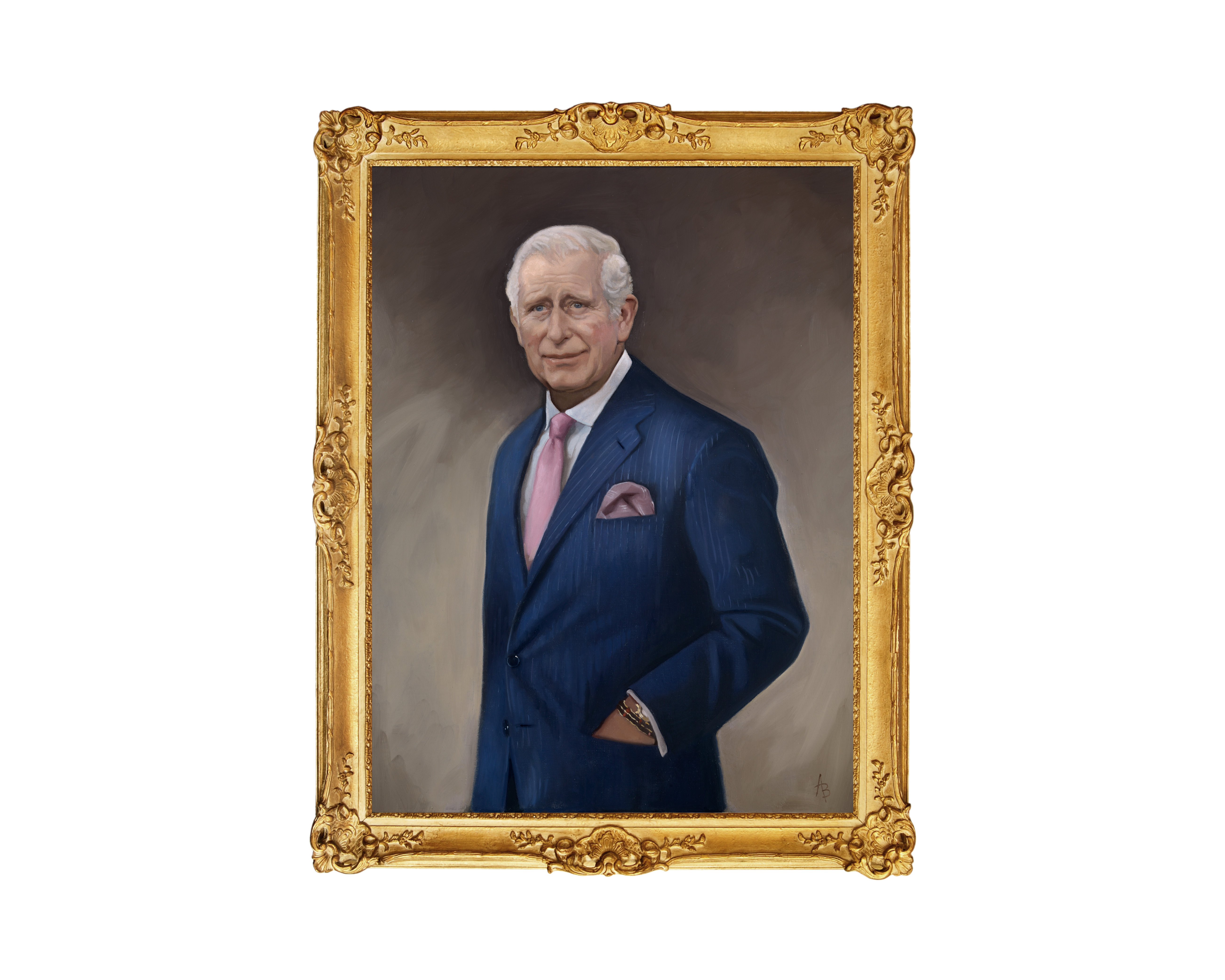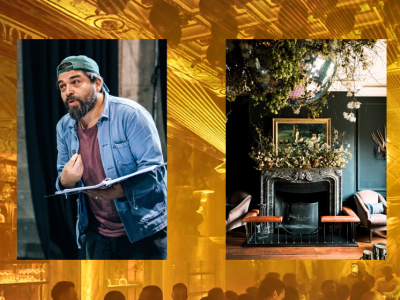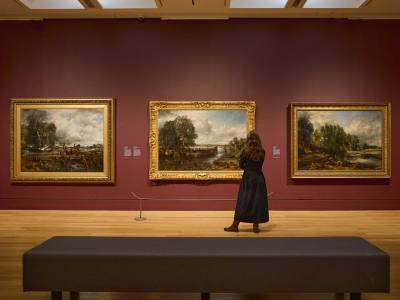Illustrated London News is proud to reveal its specially commissioned portrait of His Majesty King Charles III that will feature on the front cover of The Illustrated Coronation Edition. The portrait was painted in oils by the artist Alastair Barford, a former QEST scholar (Queen Elizabeth Scholarship Trust) and is the first portrait to be released since the change of reign and among the first to be commissioned.
Commissioning a portrait of a king is quite a business. Illustrated London News, the parent company of SPHERE, has a long tradition, dating back to 1842, of commissioning royal portraits for coronations and jubilees.
The splendid portrait, is revealed for the first time in The Illustrated Coronation Edition. It was painted in oils by the talented artist Alastair Barford, a Queen Elizabeth Scholarship Trust (QEST) scholar, after attending a reception at Buckingham Palace hosted by The King. He had just two weeks to complete the portrait.
